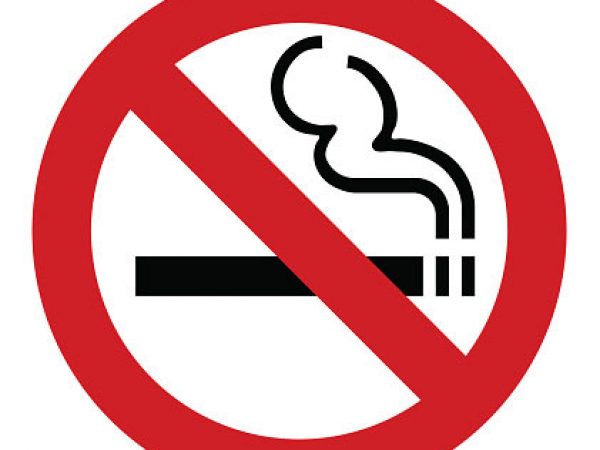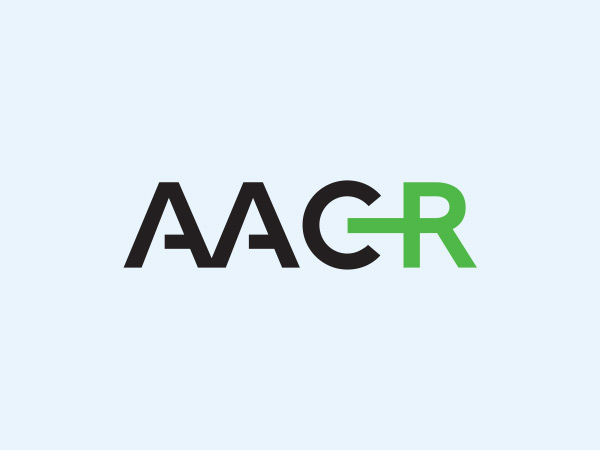Assessing Cancer Patients’ Tobacco Use: A New Tool Developed by the AACR and the National Cancer Institute
 Researchers have well established that smoking leads to adverse outcomes in cancer patients; however, the specific effects caused by smoking and the use of other tobacco products remain poorly understood in this population.
Researchers have well established that smoking leads to adverse outcomes in cancer patients; however, the specific effects caused by smoking and the use of other tobacco products remain poorly understood in this population.
It is known that tobacco use by cancer patients can lead to negative consequences in terms of their response to treatment. For patients enrolled in clinical trials, the effects can be even more damaging—affecting both how they respond to the new therapy and the ability of researchers to interpret the trial results. Yet despite its importance, cancer patients’ tobacco use and possible exposure to secondhand smoke often goes unrecorded because there has been a lack of consensus about how to best collect and assess this information.
On May 26, the National Cancer Institute (NCI)-American Association for Cancer Research (AACR) Cancer Patient Tobacco Use Assessment Task Force (NCI-AACR Task Force) met to discuss the implementation of a new tool, recently published in the AACR journal Clinical Cancer Research, which aims to fill this gap of knowledge. In the report, the NCI-AACR Task Force provides recommendations for how to best obtain data from patients about their prior and current use or exposure to tobacco products. Through the development of a standardized Cancer Patient Tobacco Use Questionnaire (C-TUQ), the report also includes the means to collect this information during initial and follow-up interviews with patients, whether they are undergoing standard cancer treatment or are enrolled in a clinical trial. The authors emphasized the importance of gathering data throughout the process, saying that “capturing tobacco use at critical junctures enables [the] investigation of research questions regarding changes in tobacco use behavior and their impact on cancer outcomes.”
 The basis for the NCI-AACR Task Force’s initiative to develop a standardized questionnaire is that a review of tobacco exposure surveys currently in use in cancer clinical trials revealed substantial variability in how clinical researchers were assessing previous and current tobacco use, making the findings of the different surveys difficult to compare. In addition, little attention had been given to the use of tobacco as it related to cancer diagnoses, treatment, and survivorship.
The basis for the NCI-AACR Task Force’s initiative to develop a standardized questionnaire is that a review of tobacco exposure surveys currently in use in cancer clinical trials revealed substantial variability in how clinical researchers were assessing previous and current tobacco use, making the findings of the different surveys difficult to compare. In addition, little attention had been given to the use of tobacco as it related to cancer diagnoses, treatment, and survivorship.
In an effort to address this, the NCI-AACR Task Force developed two key sets of question areas in the newly developed C-TUQ: a “core” set to be used routinely in cancer care and an “extension” set to provide more detailed information. This questionnaire can now be used to gather standardized tobacco use information about patients undergoing treatment or enrolled in clinical trials. Because they are standardized, the results of the C-TUQ can then be pooled and compared across multiple studies.
The AACR, through the work of its Subcommittee on Tobacco and Cancer, has long recognized the importance of capturing information regarding tobacco use by cancer patients, and in 2013, published a policy statement calling for its universal assessment and documentation. The broad use of this standardized tool will enable researchers to gather data on tobacco use by cancer patients, which will help advance our understanding of the key scientific questions identified in the report.
To learn more about the C-TUQ, please click here.



